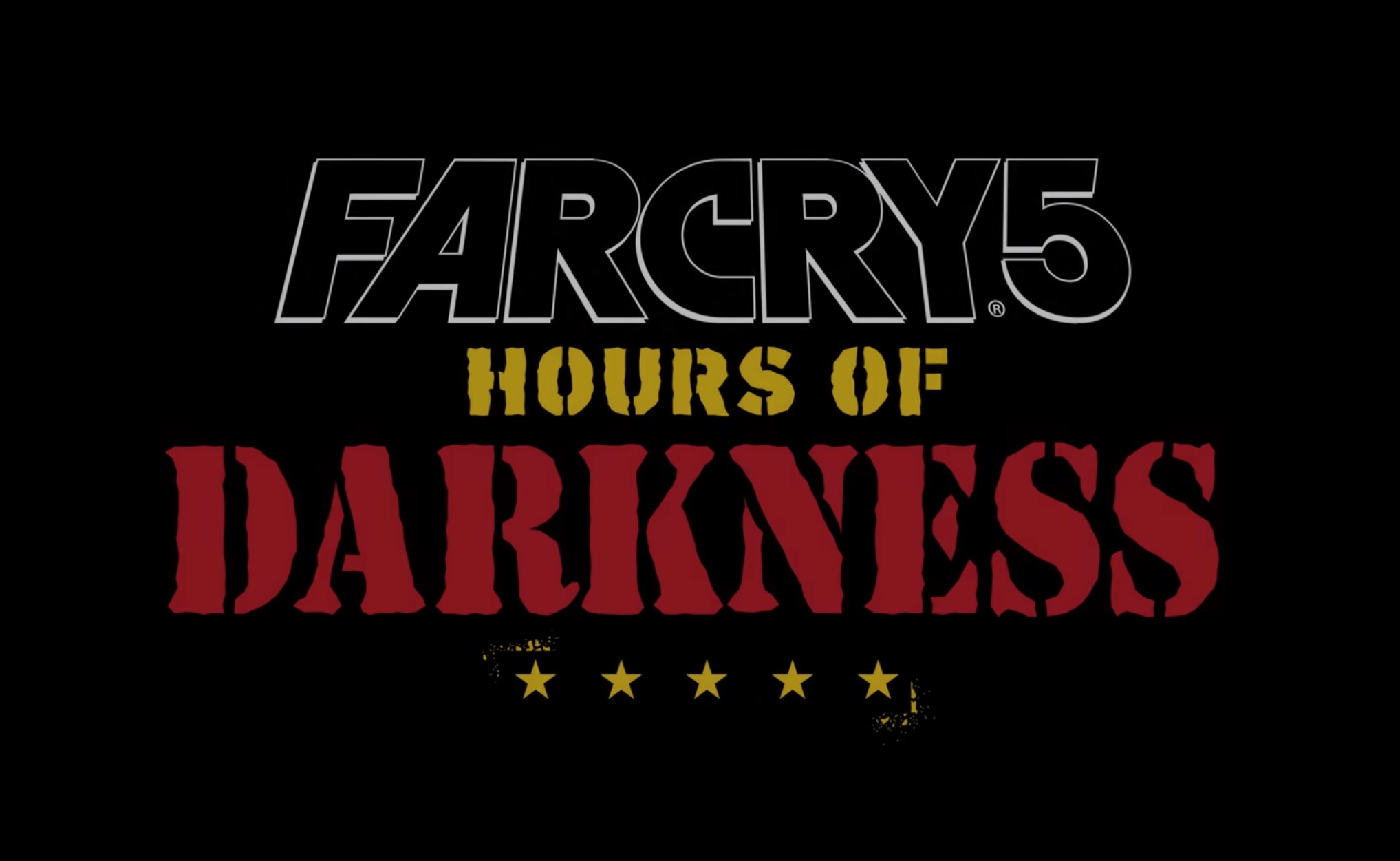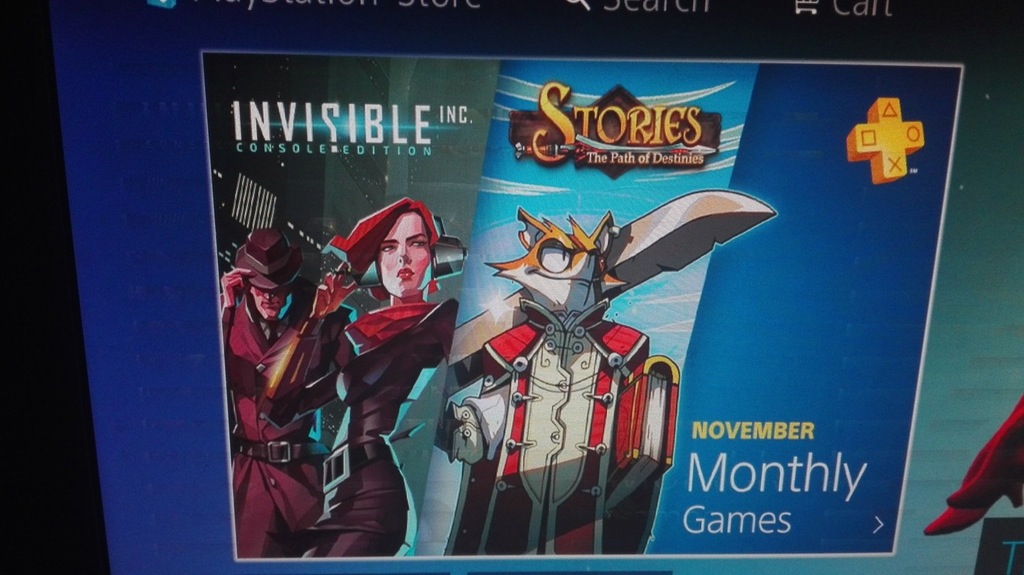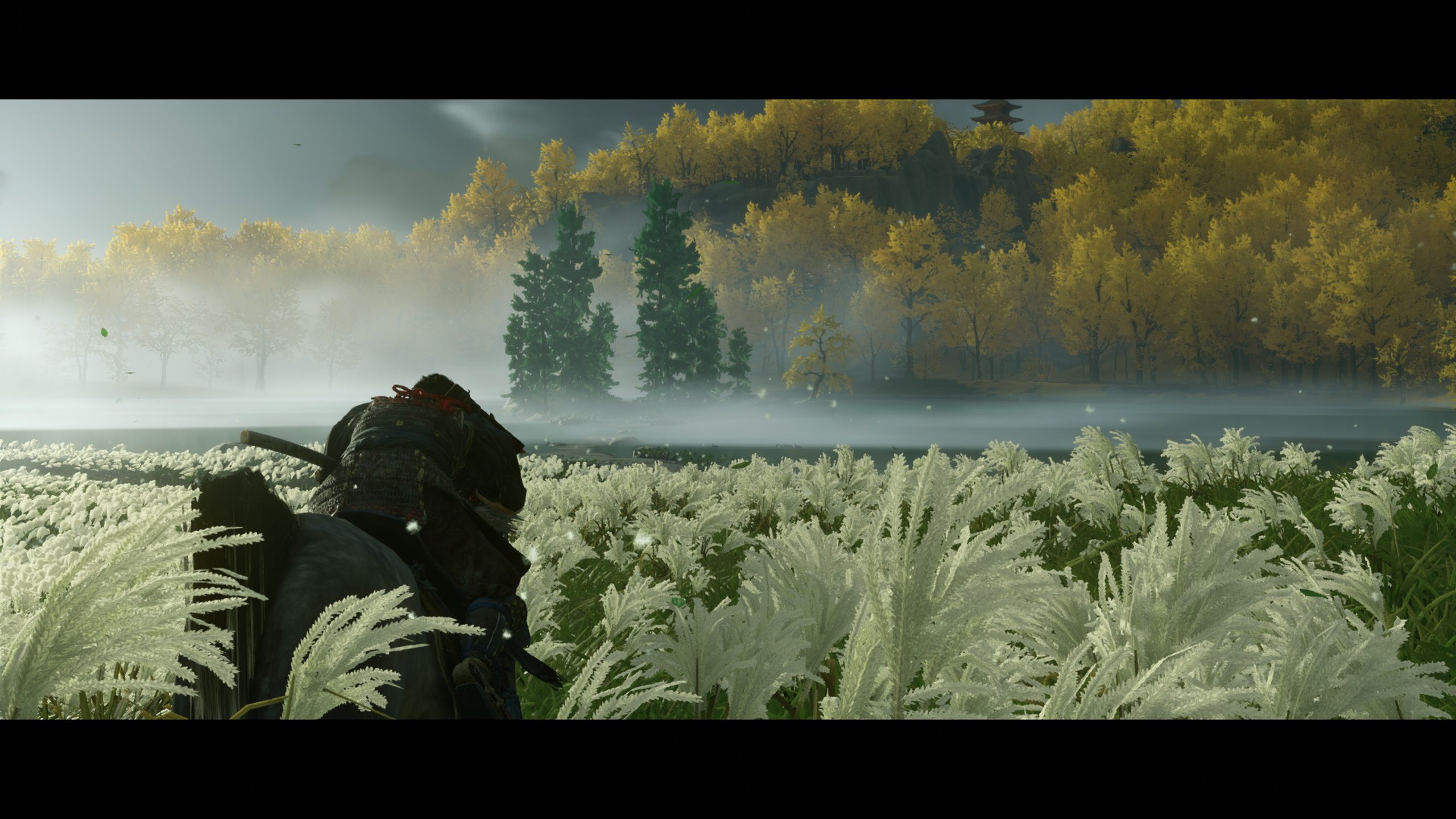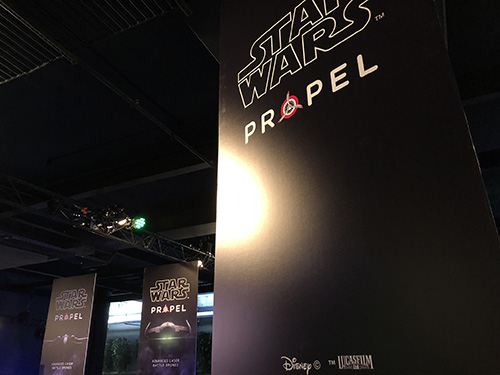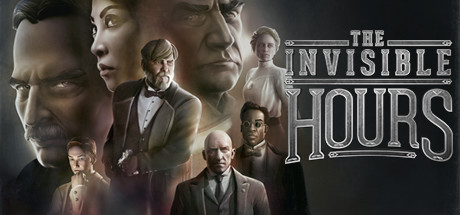
After a false start in the 90s, VR technology has come back and begun to really take off over the past couple of years. Being able to truly immerse yourself into a world, in a way that isn’t possible when sitting in front of a screen, and has the potential to be an incredible tool in storytelling within video games. Tequila Works have taken this idea and run with it in their new game, The Invisible Hours, a murder mystery set in the late 1800s. Unfortunately, The Invisible Hours lack of meaningful interaction and other shortcomings prevent it from being a great VR experience.
Billed as a real-time narrative VR experience, The Invisible Hours follows the interactions and actions of a small group of people after it is discovered that one among them has been murdered. Tensions are high and mystery abounds as the group realises that one of the others standing around them is a murderer. The characters themselves fill standard and cliched tropes that will be instantly familiar to any keen mystery reader – the blind butler, the frustrated rival, the beautiful foreigner and more. However, the difference in The Invisible Hours is how these character’s stories and personalities come to the front as you (an invisible, voyeuristic presence) stand next to them. You watch as their mannerisms change when they’re alone, how their personalities change depending on who they’re talking to and how they react as they try to hide their own personal secrets. While they’re technically clichés, the additional touches elevate them to a higher level than they would otherwise reach.
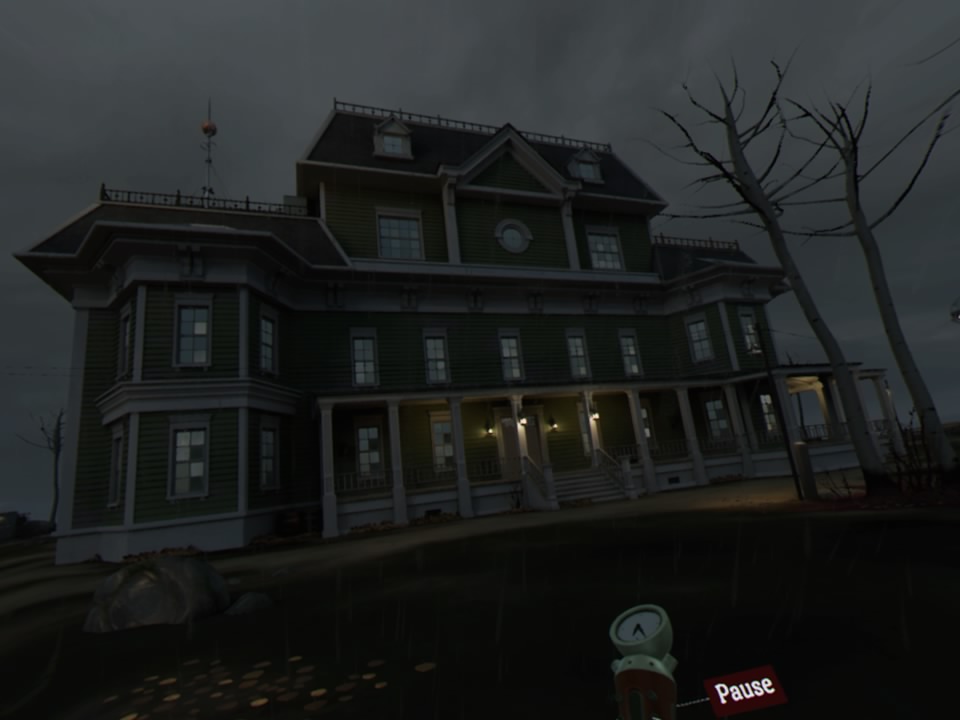
The central theme of The Invisible Hours’ story is mistrust, and this is pervasive throughout the writing and story in the game. The game’s story is told purely in spoken word, through conversations between the group and asides when they’re alone. This particular type of storytelling method links in with the relative openness of the game, meaning that at any one time multiple conversations and scenes are occurring throughout the house. This means that multiple playthroughs are required to see everything the story has to offer and the writing and story are interesting enough that I was happy enough to do exactly that. I can already hear you asking me, “But it’s just a standard murder mystery? How can that be so interesting?”. What if I told you that the murdered man is actually Nikola Tesla and that he was murdered in his own home, surrounded by curious items? What about if one of the suspects was none other than Thomas Edison? None of these elements are unique on their own, but combine them together and put yourself literally in the middle of them thanks to the magic of VR and they become quite compelling.
Unfortunately, when you begin to look at the trappings surrounding the story and characters, The Invisible Hours begins to fall over. When Tequila Works describe the game as a narrative VR experience, they are being perfectly upfront and honest. While you can pick up and examine objects, actually doing this has little to no reward outside of the very, very odd item. You’re not here to help solve the murder or personally do anything interesting, instead you’re expected to sit back and simply watch as the story unfolds, occasionally teleporting across the house to follow characters as they walk around. Technically, you have the option to set yourself to automatically follow characters, but the constant, sharp camera changes quickly become nauseating. There are also lulls in the actions of characters at point, which generally push you to look for another scene where something interesting is happening. Get ready to search throughout the entire house though, as there’s no way to directly teleport to other characters. Instead, you have to wander the house, listening for character’s voices so you can discern where they are, but because voices seem to easily project through solid walls and floors, even this isn’t a sure-fire way to find anyway. Starting new chapters is also frustrating, as the game doesn’t tell you where characters start in each chapter. Instead you once again have to search for them, hoping you haven’t missed anything interesting while you were looking.
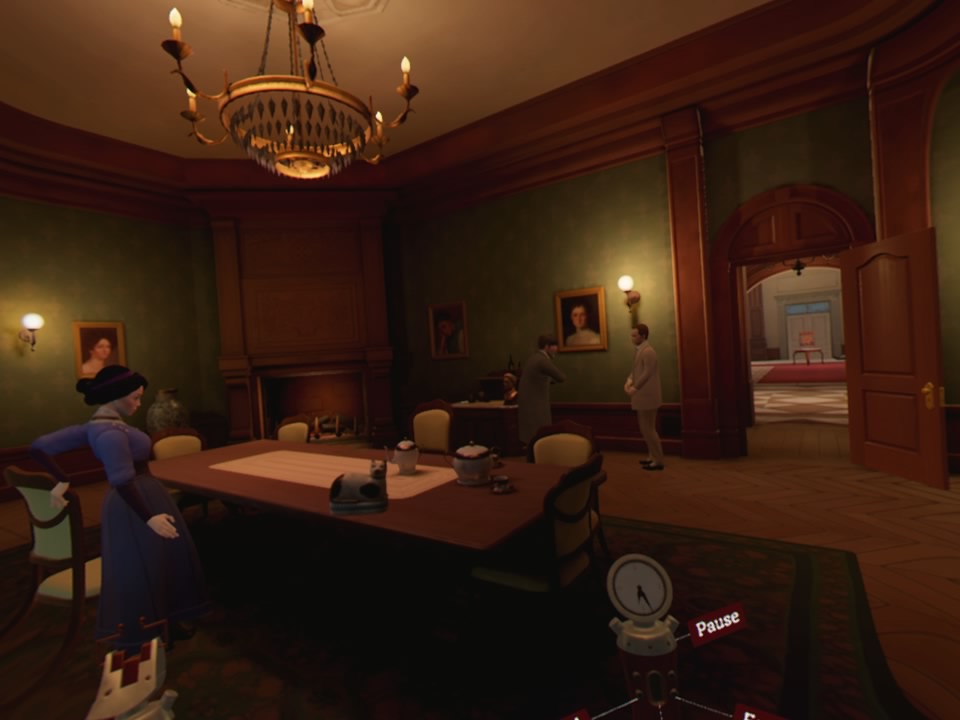
These frustrations continue with how The Invisible Hours looks. Tesla’s house itself is well designed and actually quite interesting to look at. The textures are clean and there’s loads of unique items and architecture which leave you wanting to explore and pick things up, despite their lack of meaningful interactivity. By no means is the house a technical wonder, but it looks good. The characters, on the other hand, look simply atrocious. Close up, the models look like what you would find in a PlayStation 3 game: Shiny skin, lifeless eyes, static clothing, and hair that wouldn’t look out of place on a Lego minifig. Once they take a couple of steps away from you, however, the characters descend into a blurry mess where facial features are almost indiscernible. They’re so bad that they break your immersion in the game, and are especially frustrating considering how well the rest of the game’s execution is.
These types of narrative experiences are perfect for the realm with VR, perfectly immersing you within a story and world when done right. While The Invisible Hours has an engaging narrative and interesting characters, the trappings around them prevent it from being a great experience. If you’re willing to forgive some design frustrations and can live with some poor character models in your VR narrative, then The Invisible Hours might be for you.
- Interesting Characters
- Engaging Narrative
- Character Models are ugly
- Lack of interactivity with the world
- Auto-follow camera mode is nauseating

